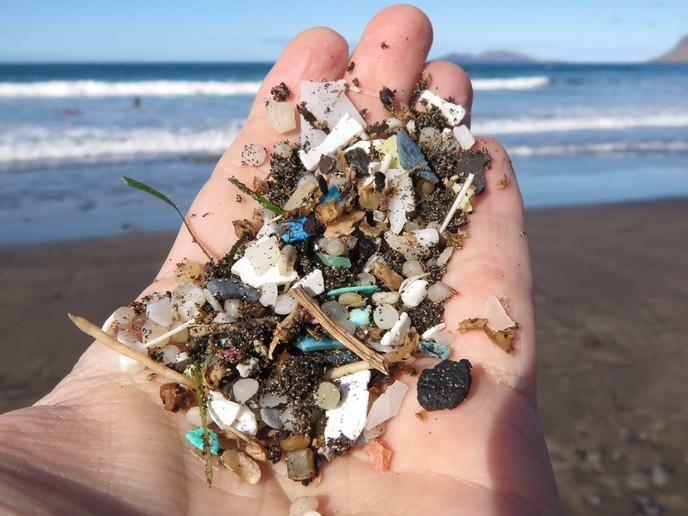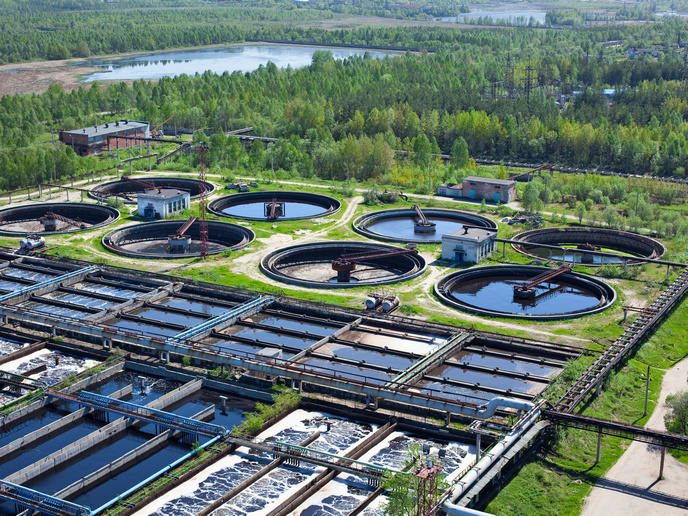Long-lasting UV LED-based water purifier
The mercury lamps currently used to produce UV light in water purification systems are large, unreliable and environmentally unfriendly. UV-emitting LEDs last longer, contain no mercury and are now comparable in cost to mercury lamps. Funded by the EU, the 'Photocatalysis with UV LED sources for efficient water purification' (AQUA-PULSE) project aimed to develop a low-powered, compact water purification reactor using UV LEDs and a photocatalyst. These will serve to break down viruses, bacteria and organic chemicals in water. First, researchers used modelling programs to find the optimal shape of the reactor and the best configuration of LEDs for UV light distribution. They compared a range of commercially available LED lamps, and investigated various ways to distribute the light, such as lenses and reflectors. A number of photocatalysts (chemicals that intensify the destructive effects of UV light) were also compared, and researchers chose titanium-based nanoparticles for the prototype purification system. The photocatalyst particles were mounted onto a glass plate in the final reactor. A small pre-prototype reactor was then built and tested for a week. This could remove organic chemicals from the water, but not Escherichia coli (E.coli) bacteria. A second pre-prototype incorporated beads coated with the photocatalyst, a reduced flow rate through the reactor and a cooling system. This model improved E. coli degradation noticeably. The final prototype performed well in testing in several different home aquariums. It successfully removed contaminants from aquarium water, but further work is needed to speed up the process before it can replace conventional water filter systems.
Keywords
UV light, LED, photocatalyst, water purification, photoreactor, contaminant







